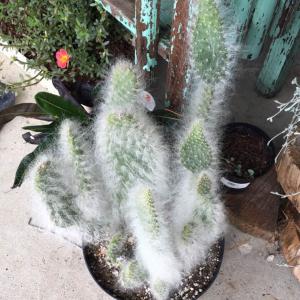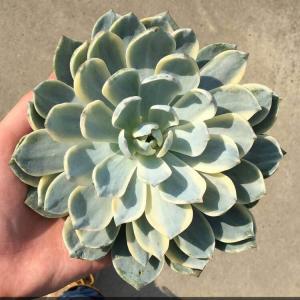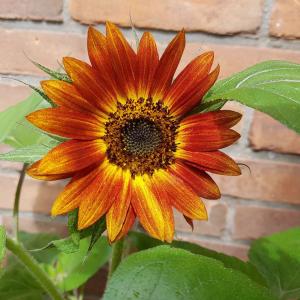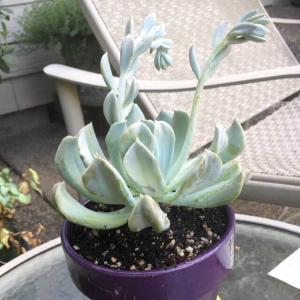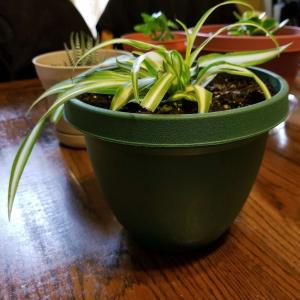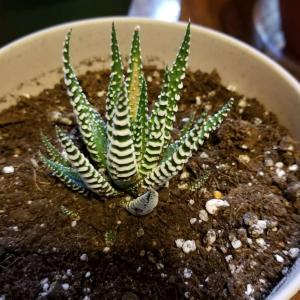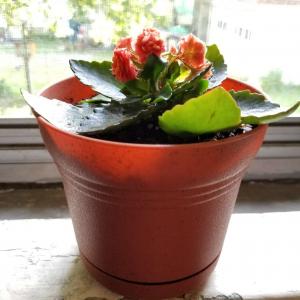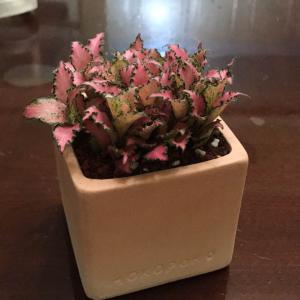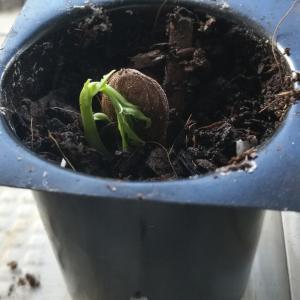文章
Dummer. ゛☀
2017年08月12日

For generations we were told that houseplants are good for the home because they absorb carbon dioxide and release oxygen in to the air. While this is true, most plants only do this while they are photosynthesizing. New studies have found that during the day many plants take in carbon dioxide and release oxygen, but at night they do the opposite: take in oxygen and release carbon dioxide as their own sleep or rest pattern. With sleep apnea such a concern these days, many people may wonder is it safe to grow plants in the bedroom? Continue reading for the answer.
Growing Houseplants in Bedrooms
While many plants release carbon dioxide, not oxygen, at night, having a few plants in the bedroom will not release enough carbon dioxide to be harmful at all. Also, not all plants release carbon dioxide at night. Some still release oxygen even when they are not in the process of photosynthesis. In addition, certain plants also filter harmful formaldehyde, benzene and allergens from the air, improving air quality in our homes. Some plants also release relaxing and tranquilizing essential oils that help us fall asleep quicker and sleep deeply, making them excellent houseplants for the bedroom. With proper plant selection, growing houseplants in bedrooms is perfectly safe.
Plants for My Bedroom
Below are the best plants for bedroom air quality, along with their benefits and growing requirements: Snake Plant (Sansevieria trifasciata) – Snake plants release oxygen into the air day or night. It will grow in low to bright levels of light and has very low watering needs. Peace Lily (Spathiphyllum) – Peace lilies filter formaldehyde and benzene from the air. They also increase the humidity in rooms that they are placed in, which can help with common winter illnesses. Peace lily plants will grow in low to bright light, but need regular watering. Spider Plant (Chlorophytum comosum) – Spider plants filter formaldehyde from the air. They grow in low to medium light levels and require regular watering. Aloe Vera (Aloe barbadensis) – Aloe vera releases oxygen in to the air all the time, day or night. They will grow in low to bright light. As succulents, they have low water needs. Gerbera Daisy (Gerbera jamesonii) – Not normally thought of as a houseplant, Gerbera daisies release oxygen in to the air all the time. They require medium to bright light and regular watering. English Ivy (Hedera helix) – English ivy filters many household allergens from the air. They require low to bright light and need regular watering. One the down side, they can be harmful if chewed on by pets or small children.
Some other common houseplants for the bedroom are:
Fiddle-leaf fig
Arrowhead vine Parlor palm
Pothos
Philodendron
Rubber tree
ZZ plant
Plants that are often grown in the bedroom for their soothing, sleep inducing essential oils are:
Jasmine
Lavender
Rosemary
Valerian
Gardenia

Growing Houseplants in Bedrooms
While many plants release carbon dioxide, not oxygen, at night, having a few plants in the bedroom will not release enough carbon dioxide to be harmful at all. Also, not all plants release carbon dioxide at night. Some still release oxygen even when they are not in the process of photosynthesis. In addition, certain plants also filter harmful formaldehyde, benzene and allergens from the air, improving air quality in our homes. Some plants also release relaxing and tranquilizing essential oils that help us fall asleep quicker and sleep deeply, making them excellent houseplants for the bedroom. With proper plant selection, growing houseplants in bedrooms is perfectly safe.

Plants for My Bedroom
Below are the best plants for bedroom air quality, along with their benefits and growing requirements: Snake Plant (Sansevieria trifasciata) – Snake plants release oxygen into the air day or night. It will grow in low to bright levels of light and has very low watering needs. Peace Lily (Spathiphyllum) – Peace lilies filter formaldehyde and benzene from the air. They also increase the humidity in rooms that they are placed in, which can help with common winter illnesses. Peace lily plants will grow in low to bright light, but need regular watering. Spider Plant (Chlorophytum comosum) – Spider plants filter formaldehyde from the air. They grow in low to medium light levels and require regular watering. Aloe Vera (Aloe barbadensis) – Aloe vera releases oxygen in to the air all the time, day or night. They will grow in low to bright light. As succulents, they have low water needs. Gerbera Daisy (Gerbera jamesonii) – Not normally thought of as a houseplant, Gerbera daisies release oxygen in to the air all the time. They require medium to bright light and regular watering. English Ivy (Hedera helix) – English ivy filters many household allergens from the air. They require low to bright light and need regular watering. One the down side, they can be harmful if chewed on by pets or small children.

Some other common houseplants for the bedroom are:
Fiddle-leaf fig
Arrowhead vine Parlor palm
Pothos
Philodendron
Rubber tree
ZZ plant
Plants that are often grown in the bedroom for their soothing, sleep inducing essential oils are:
Jasmine
Lavender
Rosemary
Valerian
Gardenia
1
1
成长记
Donnaigifford@yahoo.com
2017年08月12日

I new added a "?" in my "garden"
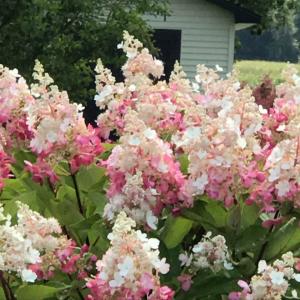

1
0
sunnyzou:name:Hydrangea paniculata 'Vanille fraise '


